Libraries are by tradition the houses of open knowledge. The library community has always been an early adaptor of linked open data when it comes to their catalogues. As an example, we may refer to thelinked openresource VIAF (viaf.org): linked open “authorityfile” containing names of authors, works and locations, built with the data of central library organizations of more than 30 countries. Another example is the conceptualisation of the Functional Requirements for Bibliographic Descriptions (FRBR) that has been the basis for the Common Metadata Model used by the Publication Office of European Commission. Typical these modelling efforts of the library community focus on the catalogue and the descriptions of the materials in the library to facilitate the exchange among libraries. Until now however the other typical library activities as loan administration and the acquisition of the materials remained out of scope of modelling efforts and linked data sharing.
Requested to advice on her IT strategy, redpencil.io found Luisterpunt, the Flemish library for the visual impaired, to become more and more a linked organization. The level of dependency on and interaction with other data sources to perform her core activities today is already critical but it will even increasein the future. In effect, in response to gain more efficiency, provide more service and lower thresholds Luisterpunt will become more and more a junction of services maintained by external partners. The added value of Luisterpunt will hence depend on its capability to cater for transparent data governance and proficient data exchange with a myriad of external partners. Hence the requirements to model the typical library activities as registering new members, defining conditions for loan, acquisition of new titles and the adapted reading formats of those titles, bringing the reading material to third party end-user appliances, next to the modelling for the already established sharing of catalogue information with partners. In close collaboration with the staff of Luisterpunt, redpencil.io, with special credits to Niels Vandekeybus, delivered a semantic model for the following core activity domains: offer, loan, acquisition and catalogue. A walk through these models demonstrates the essence of the workflow and how Luisterpunt can reuse data of external resources at a minimum cost. We believe the modelling effort is a showcase on how complex organisational processes with plenty of exceptions and variations, can be reflected onto a purified data model facilitating distributed data governance.
links:
https://luisterpunt.data.gift/application-profiles/catalog/
https://luisterpunt.data.gift/application-profiles/offer/
https://luisterpunt.data.gift/application-profiles/loan/
https://luisterpunt.data.gift/application-profiles/acquisition/



Share